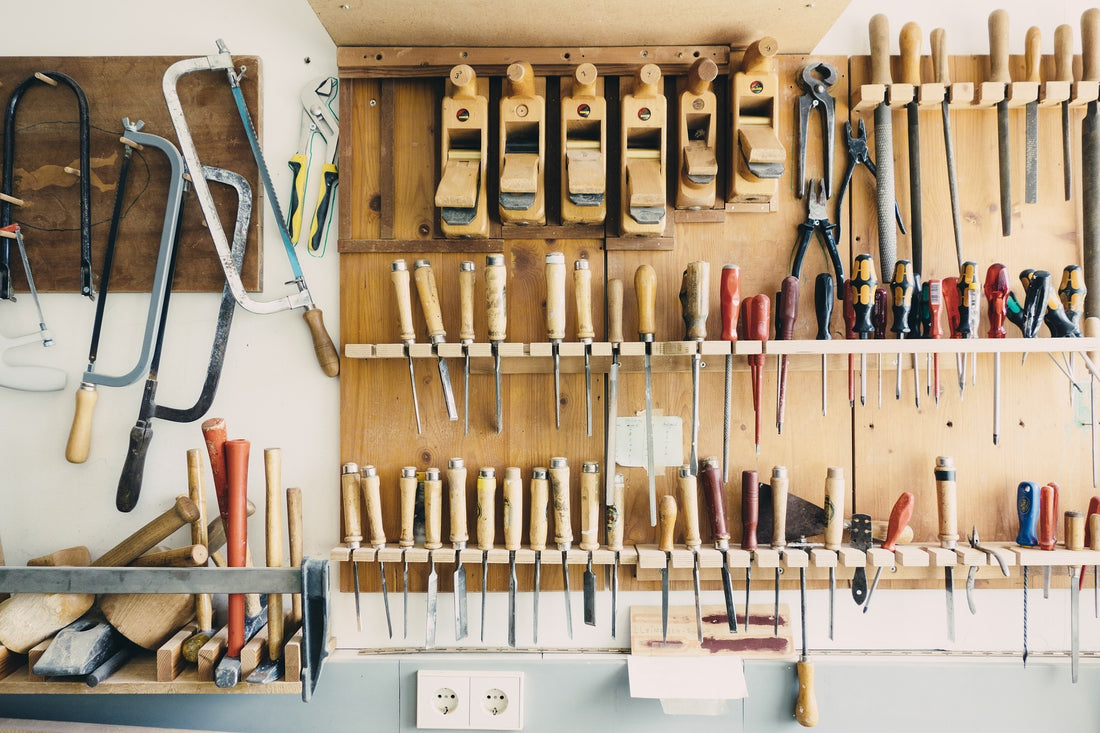 I have rarely seen a speaker with as flat a curve as what we wound up with. And Darren and I achieved this essentially by ear. To say we were pleasantly surprised is an understatement.
One eye-opener for me was just how many ways from Sunday we can have a near-identical measured frequency response and have the music sound so very different. With nearly identical curves the sound can go from dreadful to glorious—which is why listening and hand tuning to music is so damned essential.
There are many reasons for this but some are included in today's video which I would encourage you to watch if you have the time.
I have rarely seen a speaker with as flat a curve as what we wound up with. And Darren and I achieved this essentially by ear. To say we were pleasantly surprised is an understatement.
One eye-opener for me was just how many ways from Sunday we can have a near-identical measured frequency response and have the music sound so very different. With nearly identical curves the sound can go from dreadful to glorious—which is why listening and hand tuning to music is so damned essential.
There are many reasons for this but some are included in today's video which I would encourage you to watch if you have the time.
Building a new speaker Part 3
by Paul McGowan
In yesterday's post, we covered how a 4-way system works, how each of the 4 parts—woofer, midbass coupler, midrange, tweeter—sound. If you have a chance to watch that video you can actually hear the differences each of the 4 main systems slice and dice the sound.
It's a bit of a miracle with any multi-part speaker system that music winds up sounding coherent when all parts are playing, but then that's the art of designing a crossover.
In today's video I introduce to you the AN3 prototype. Finally. You will be able to see the crossover spread out on the carpet and connected with clip leads, the measurement system, the DSP box we use for the subwoofer and all the little parts that make up the sausage…errr, speaker.
About 2/3 the way through the video you'll see the progress we'd made with the curves on our measurement system. For those with experienced eyes, you can see the dips and bumps common with speakers that are never as flat as electronics. In fact, I've said more than a few times that a perfectly flat speaker would likely sound bad. That said, let me eat my words.
Here's the final curve of the prototype AN3 speakers we're taking to the Axpona show in April (the horizontal divisions are 5dB).
 I have rarely seen a speaker with as flat a curve as what we wound up with. And Darren and I achieved this essentially by ear. To say we were pleasantly surprised is an understatement.
One eye-opener for me was just how many ways from Sunday we can have a near-identical measured frequency response and have the music sound so very different. With nearly identical curves the sound can go from dreadful to glorious—which is why listening and hand tuning to music is so damned essential.
There are many reasons for this but some are included in today's video which I would encourage you to watch if you have the time.
I have rarely seen a speaker with as flat a curve as what we wound up with. And Darren and I achieved this essentially by ear. To say we were pleasantly surprised is an understatement.
One eye-opener for me was just how many ways from Sunday we can have a near-identical measured frequency response and have the music sound so very different. With nearly identical curves the sound can go from dreadful to glorious—which is why listening and hand tuning to music is so damned essential.
There are many reasons for this but some are included in today's video which I would encourage you to watch if you have the time.
 I have rarely seen a speaker with as flat a curve as what we wound up with. And Darren and I achieved this essentially by ear. To say we were pleasantly surprised is an understatement.
One eye-opener for me was just how many ways from Sunday we can have a near-identical measured frequency response and have the music sound so very different. With nearly identical curves the sound can go from dreadful to glorious—which is why listening and hand tuning to music is so damned essential.
There are many reasons for this but some are included in today's video which I would encourage you to watch if you have the time.
I have rarely seen a speaker with as flat a curve as what we wound up with. And Darren and I achieved this essentially by ear. To say we were pleasantly surprised is an understatement.
One eye-opener for me was just how many ways from Sunday we can have a near-identical measured frequency response and have the music sound so very different. With nearly identical curves the sound can go from dreadful to glorious—which is why listening and hand tuning to music is so damned essential.
There are many reasons for this but some are included in today's video which I would encourage you to watch if you have the time.
- Choosing a selection results in a full page refresh.
- Opens in a new window.








